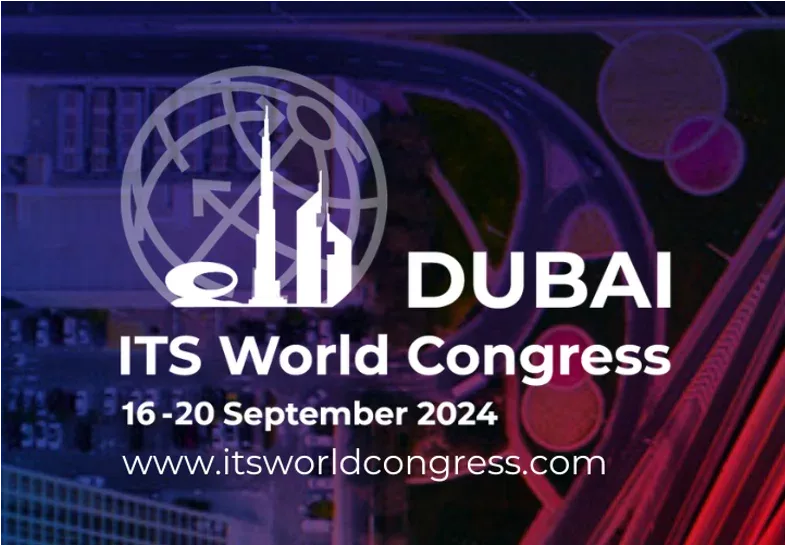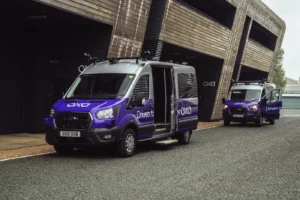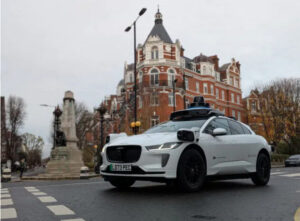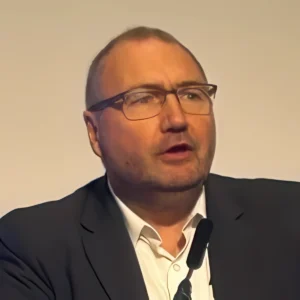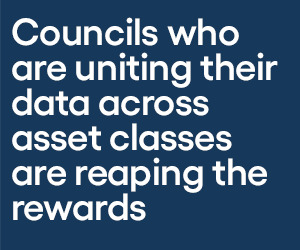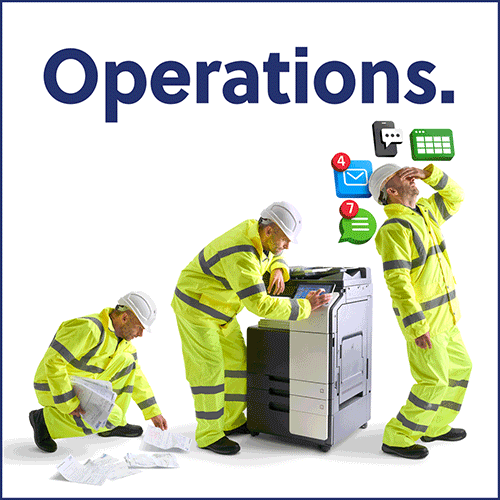Cooperative, Connected, and Automated Mobility (CCAM) encompasses a range of technologies that connect and automate transportation systems, promising to enhance safety, efficiency, and sustainability in urban and rural environments. But, as the latest ERTICO World Congress webinar explained, to deliver it, there are remaining challenges around technological integration, infrastructure modernisation, legal frameworks, cybersecurity and public trust.
The webinar hosted by ERTICO on 27 June was the final one in a series of three focusing on the main themes of the 30th ITS World Congress in Dubai this September. In this webinar, “CCAM – more than the sum of its parts”, experts from Belgium, the UAE, United Kingdom, USA and Japan delved into some of the intricacies of Cooperative, Connected, and Automated Mobility, and the journey from innovation to real-world deployment.
Stephane Dreher, Lead of CCAM at ERTICO-ITS Europe lead the debate, setting the scene by explaining that as well as being in the spotlight in Dubai, CCAM is one of the main areas that ERTICO is working on. The vision is that, by 2025, there are operational CCAM services integrated in the current transport system that are, he said, “accepted, inclusive and supported by infrastructure in order to achieve the policy goals of the European Commission in terms of decarbonisation and safety.”
Picking up on the European strategy, Max Lemke, Head of the IoT unit at the European Commission’s DG CONNECT directorate, explained that the vehicle of the future will be electric, connected, autonomous – or at least featuring a degree of automation – and it will be shared, which means a big disruption for the industry. He warned that this comes with technological challenges, explaining: “We see the lines of software code increasing, I would say exponentially, and that means productivity in software engineering is a key issue. There’s a lack of talent, lack of resources and low productivity because we have to customise everything.” He talked about different ways components are supplied and used, how value chains are changing and how vehicles become “smartphones on wheels” and must be affordable, before detailing how Europe is delivering its innovation strategy, and how the European culture is delivering with safety.
CCAM vehicles now have around a hundred million lines of code, and may need a billion lines by 2030. “It’s staggering,” commented Dr Steve Dellenback, Vice President R&D at the Southwest Research Institute asking, “Does that code work, how do you test it? How do you make sure it works in all different scenarios?” He warned about the management of expectations from the public around operational performance and safety adding: “If we’re truly going to be getting to 500 million or a billion lines of code, we are kidding ourselves if we think that these vehicles are going to be perfect. And so part of the discussion we need to be having moving forward is at what cost are we willing to deploy this technology, we can’t sell it as simply being crashless, that’s not going to be true to our travelling public.”
Far from being a thing of the future, Cooperative, Connected, and Automated Mobility is now a reality in countless places around the world. Updating the audience with developments in Japan, Senior Vice President of ITS Japan Ryota Shirato described two development paths of automated driving. One is for logistics and mobility services, with a faster path to fully automated solutions in certain environments, and the other for privately owned vehicles which moves to automation slower but across general roads. He gave an overview to two projects, the RoAD to L4, leading to unstaffed autonomous driving services, and about initiatives related to initial investment support in year-round operations on public roads implemented at around 100 locations this year. “Most of the field tests are still Level Two [autonomy],” he commented. “This is expected to expand to Level Four, and – this is my personal opinion – that is still achievable.”
Further real-world solutions are being highlighted by the Australian-New Zealand autonomous vehicle manufacturer Ohmio, which is expanding its operations into Europe. Robert Sykora, its Director for Europe, gave a case study of air-side deployments including one moving staff at Schiphol Airport in Amsterdam. “This is challenging because we have limited GNSS reception close to the apron,” he said. “Vehicles that are driving around here are driven under time pressure, so the traffic is really challenging and access to airside is really strictly regulated.” He explained how they have achieved the transportation of crew from the crew centre to the apron where the aircraft is parked, and back again.
With the World Congress taking place in Dubai, the sheer scale of CCAM ambition and deployment will be on show to all visitors in September. Dr Ismail Zohdy, who is an expert on Future and Innovative Mobility at Dubai’s Roads and Transport Authority highlighted what he called Dubai’s unique strategy, with a vision to achieve 25 per cent of trips to be autonomous by 2030.
He talked about something key to World Congresses – delivering solutions across borders. “The challenges we had were how to localise the technology,” he said. “So as part of the process here in Dubai, we tried to do balance technique… We are more into evaluating the use cases, not the technology itself. So, whenever the technology is compatible with our environment, we will accept it.”
All these speakers will be attending and presenting at the ITS World Congress in Dubai from 16 to 20 September. An early-bird rate for delegate passes is available until 15 July at itsworldcongress.com.
You can watch this webinar in full on the ERTICO YouTube channel by clicking here.
(Picture – ERTICO)



